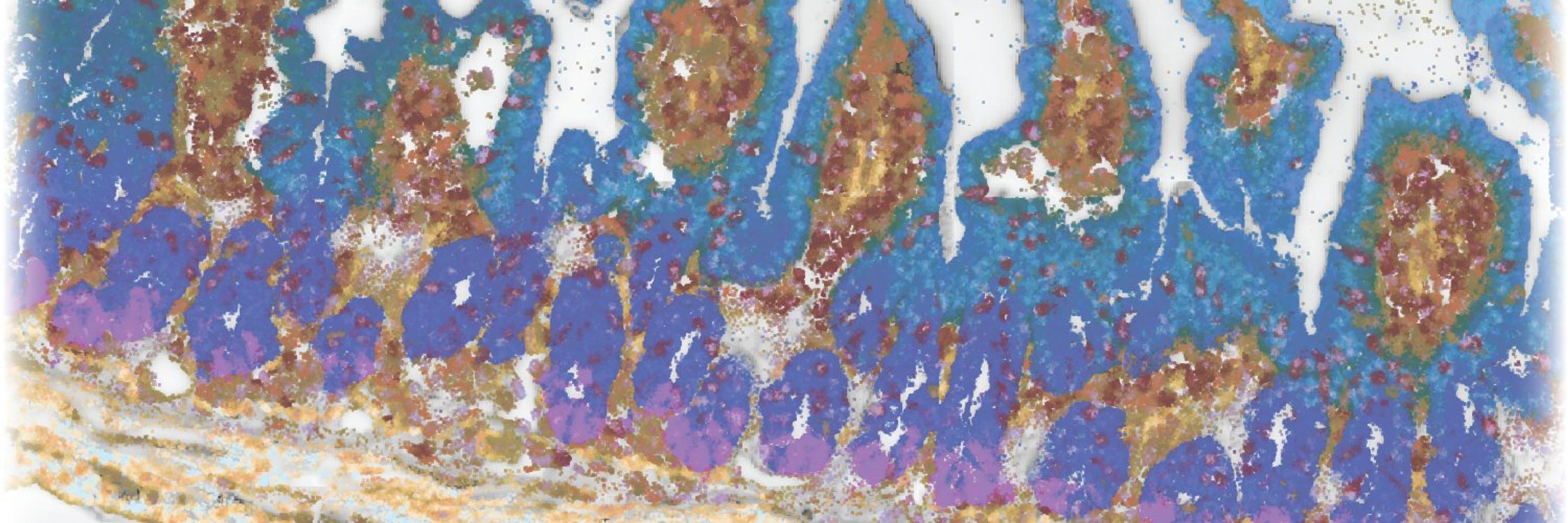Moffitt Lab
@moffittlab.bsky.social
41 followers
12 following
42 posts
Academic research lab passionate about building the next generation of genomic microscopy methods to reveal unknown features of the interface between microbe and host |
@bostonchildrens.bsky.social & @harvardmed.bsky.social | moffittlab.github.io
Posts
Media
Videos
Starter Packs
Moffitt Lab
@moffittlab.bsky.social
· Jul 31
Moffitt Lab
@moffittlab.bsky.social
· Jul 31
Moffitt Lab
@moffittlab.bsky.social
· Jul 31
Moffitt Lab
@moffittlab.bsky.social
· Jul 31
Moffitt Lab
@moffittlab.bsky.social
· May 28
Moffitt Lab
@moffittlab.bsky.social
· May 28
Moffitt Lab
@moffittlab.bsky.social
· May 28
Moffitt Lab
@moffittlab.bsky.social
· May 28














